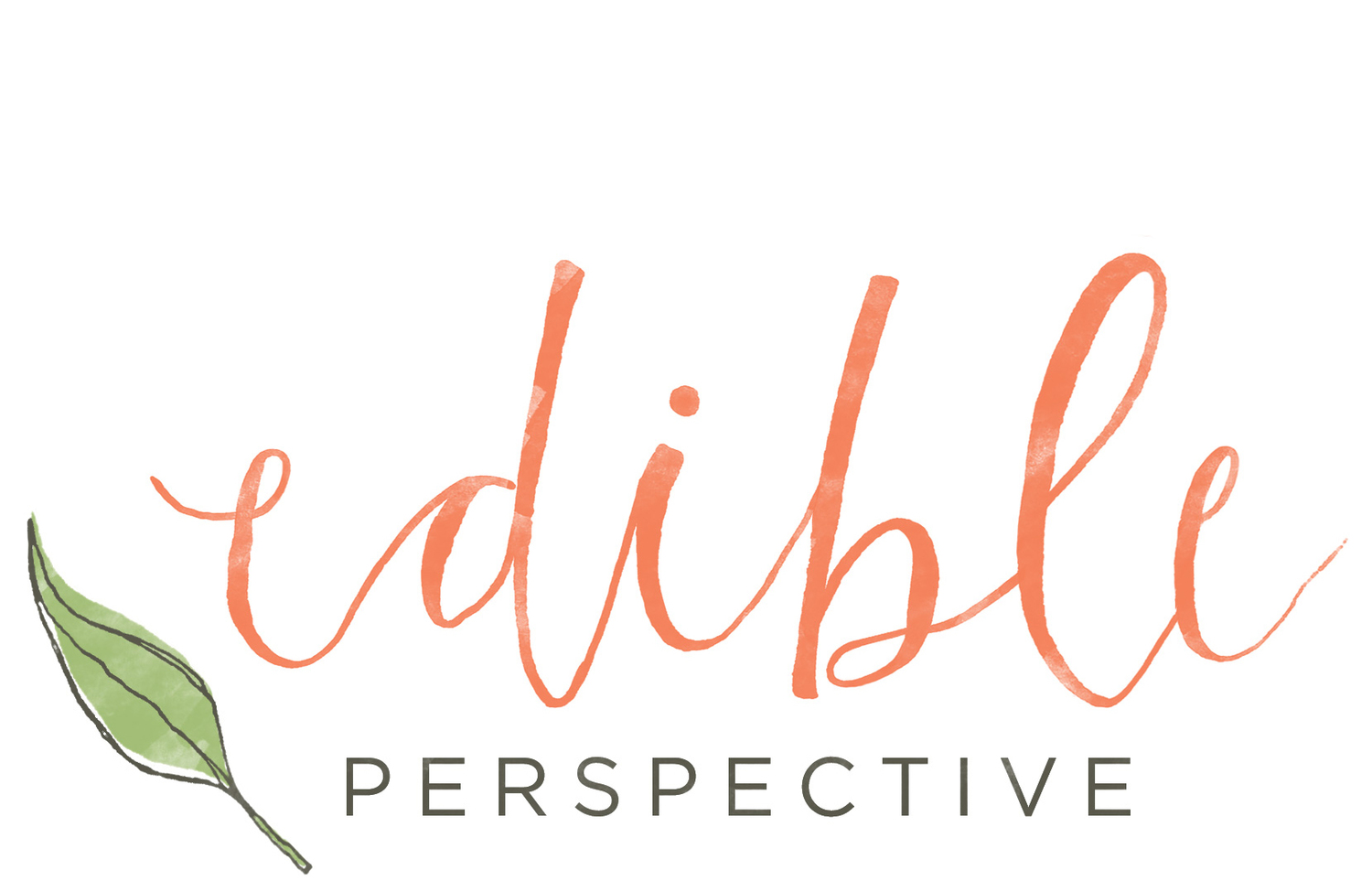photography 101 {aperture}
/Can you believe it?
Another photography post only one week after my first?? Let’s see if I can keep that trend going!
Today we’re going to start talking about aperture, which to me, is one of the more confusing concepts to grasp. First we’ll start with the definition.
Aperture - Measured in f-stops, aperture controls the size of the opening in your lens. The size of the opening controls the amount of light that passes through the lens, to the image sensor. Aperture effects the exposure + depth of field in your photographs.
Now, how about a few other definitions so that makes a little more sense? Kind of a snooze-fest to read definitions, but I promise knowing the list below will help with your understanding of aperture.
Also, reading these out loud + slowly really helps. Maybe wait until you’re at home to do that though. ;) I’ve tried to strip down these definitions, to make them as simple as possible. I hope I don’t cause you a headache.
f-stop – The measurement of how much light passes through a lens. This is controlled by you, and varies, depending on the number you set your f-stop to. Changing the f-stop number, changes the size of the opening in your lens, which varies the amount of light coming through, effecting exposure + depth of field.
Focal Point – The point at which you have focused your camera.
Focal Length - Distance from the center of the lens to the image sensor plane [inside the camera]. This is measured in “mm” and determines how much of the subject/scene that the lens can capture. [ie: 50mm lens : 25-78mm lens : 100mm lens]
Focal Distance – Distance from the center of the lens to the focal point.
Depth of Field [DOF] – An equal range of sharpness in front of and behind the subject. This is determined by aperture [f-stop #], focal length, and focus distance.
Exposure – The brightness or darkness level of the photo, determined by how much light is coming into your camera.
B.O.R.I.N.G.
I know.
How about some diagrams to help explain things a little better?
Hopefully this diagram speaks for itself, but there is a lot going on in it, so I’ll explain. When looking at this diagram, the above definitions should start to make more sense.
- The blue dots are the objects you’re photographing and we’re looking at this scene with a bird’s eye view [from above]. Let’s pretend the blue dots are cookies. mmmm
- The camera is focused on the small red dot [focal point]. Maybe a chocolate chip in that cookie?
- Depth of field is measured in f-stops. [ie: f/1.8, f/4, f/22]
- Your depth of field [what’s in focus] is determined by what you set your f-stop number to and how far you are from that chocolate chip [focal point].
- How far away you are from the chocolate chip, is your focal distance.
- There is an equal amount in front of the focal point and behind it, that is is focus.
- The area outside of your depth of field, gradually becomes more + more out of focus.
So. To recap.
What determines your depth of field? Remember: Your DOF is how much of your photo will be in focus.
- What you set your aperture [f-stop number] to.
- The focal distance [how far/close you are to that chocolate chip].
Now, another diagram!! Are you so super excited????
*Remember* The further away you stand from your object, the wider the depth of field becomes [more is in focus as you stand further back] and vice versa. [as shown above]
Make sense? Yes? No?
Hopefully yes.
Don’t forget! Aperture not only determines your depth of field, but it also effects exposure [the brightness/darkness of your photograph].
- the wider the aperture -> the more light will be allowed through the lens
- the tighter the aperture -> less light will be allowed through the lens
- the wider the opening -> the smaller the f-stop # -> the narrower the depth of field
- the tighter the opening -> the larger the f-stop # -> the wider the depth of field
f/1.8 = wide opening = more light coming in = less in focus = narrow depth of field
f/22 = tight opening = less light coming in = more in focus = large depth of field
Want something to compare this to? How about your eyes?
- in a low light condition -> pupil expands to gather more light in –> can’t focus as far
- in a brighter light condition -> pupil constricts, allowing less light in –> can focus further
Why this is confusing?
Because, you might typically think, the wider the opening the more is in focus. But, it’s the exact opposite.
- As your depth of field widens/expands, the opening of your lens becomes smaller.
- As your depth of field narrows, your lens opening widens.
So, if you want a wider depth of field [larger f-stop #, more in focus in your photo] you will need more light.
Check out this photo example below, and hopefully it will start to make more sense.
- When you want more in focus in your photo [narrower aperture, wider depth of field, larger f-stop #], you will need more light to properly expose the photo. You can manipulate the amount of light coming in by adjusting the shutter speed and/or the ISO, which we will discuss in the coming weeks.
Don’t forget! There is a give and take with aperture. While widening the aperture allows you to shoot in lower light, it also decreases the amount of the image that is in focus!
Phew.
Okay.
Done.
Questions?
Hey, at least I didn’t overwhelm you with all of this on a Monday!
Ashley


















